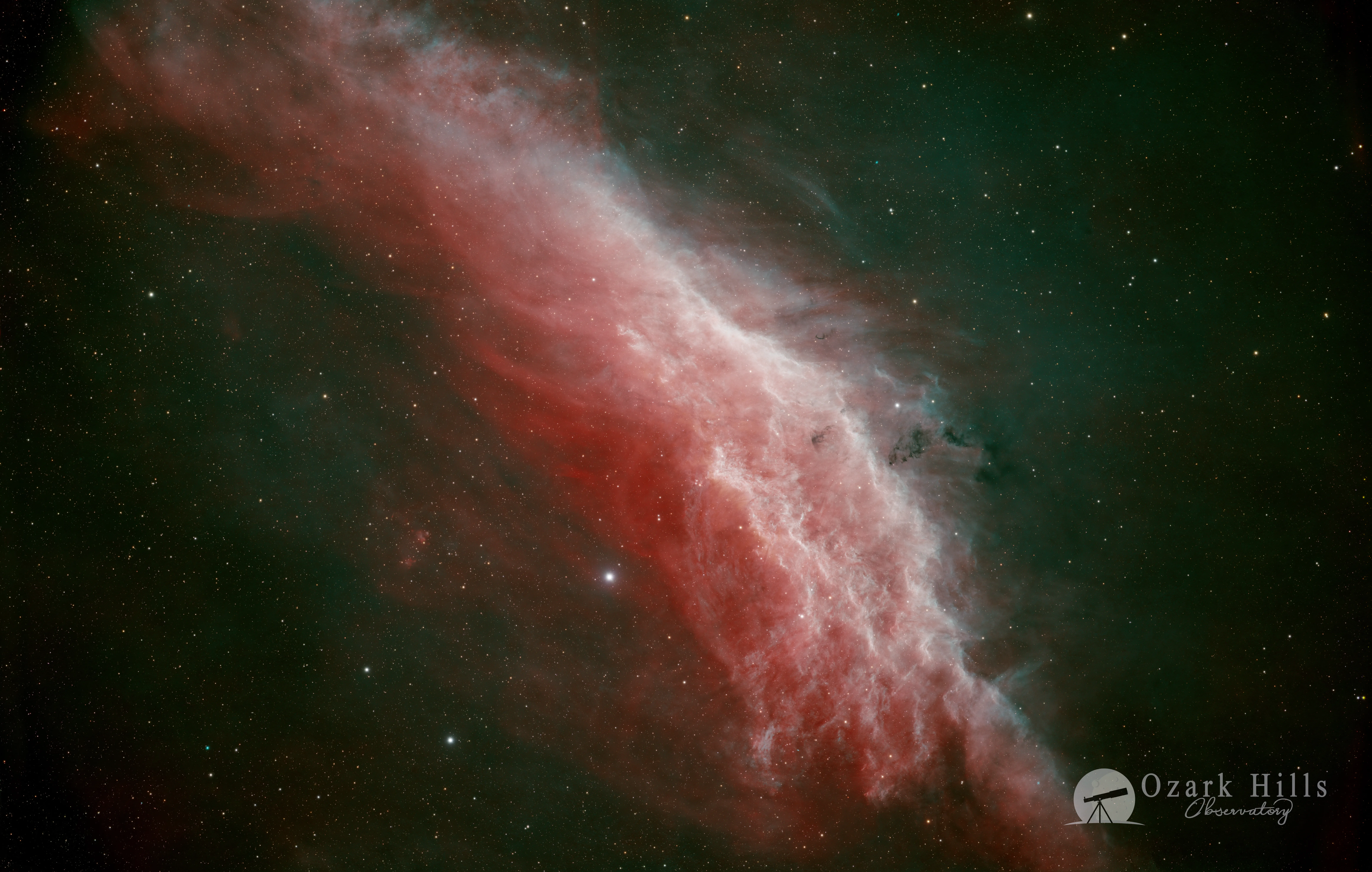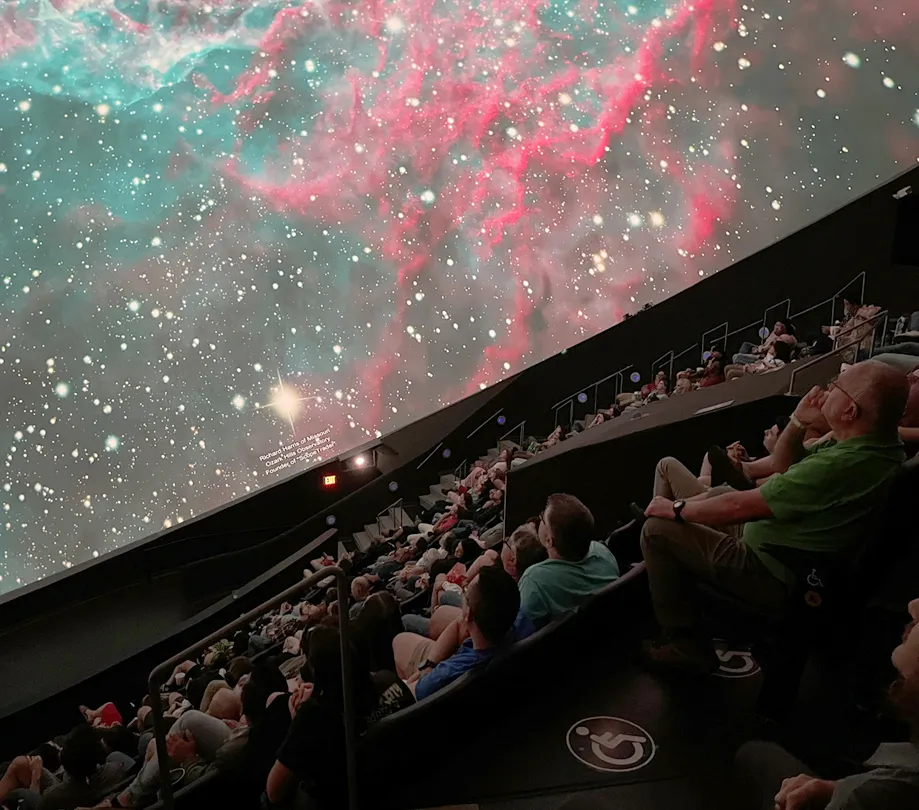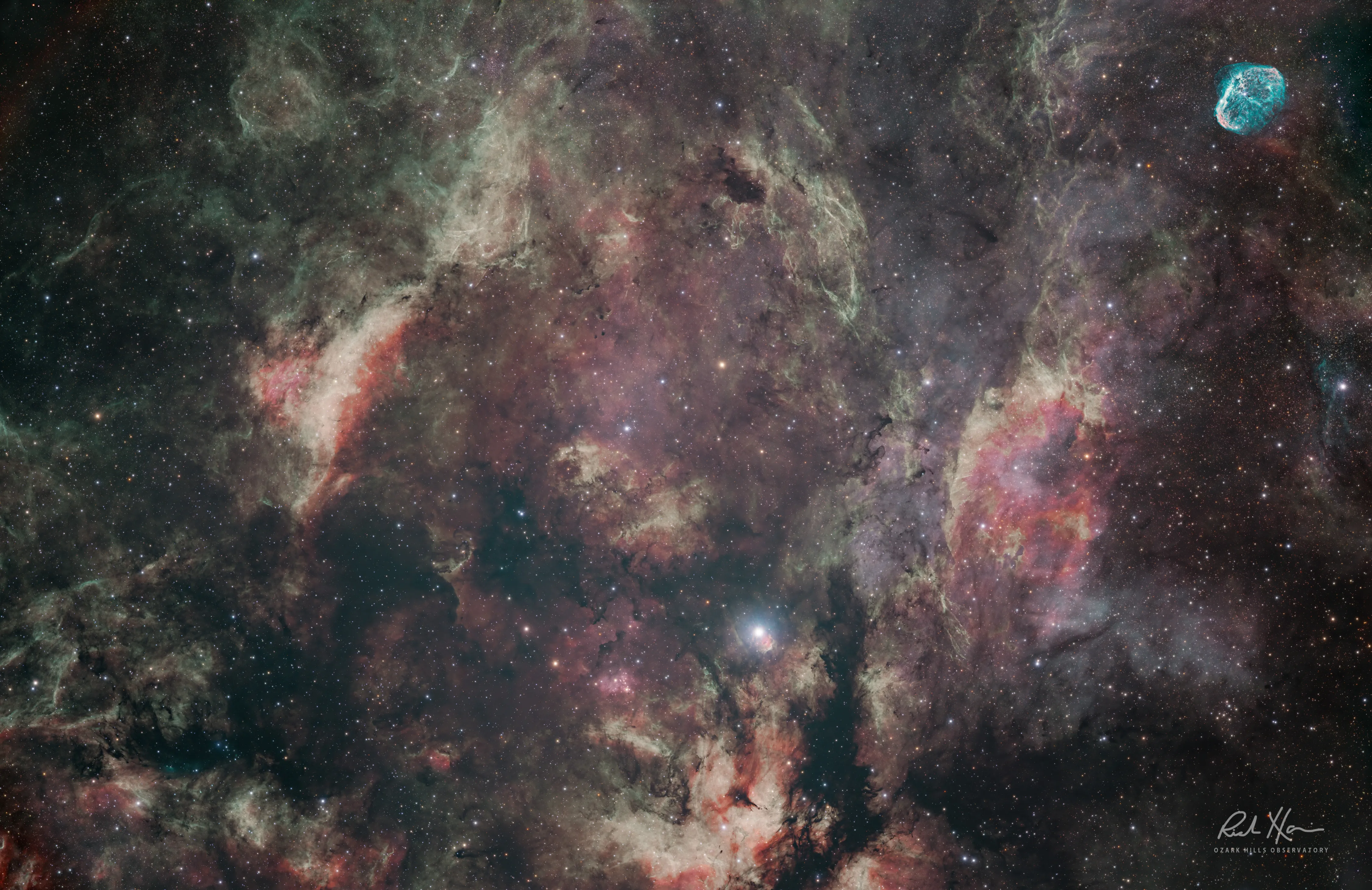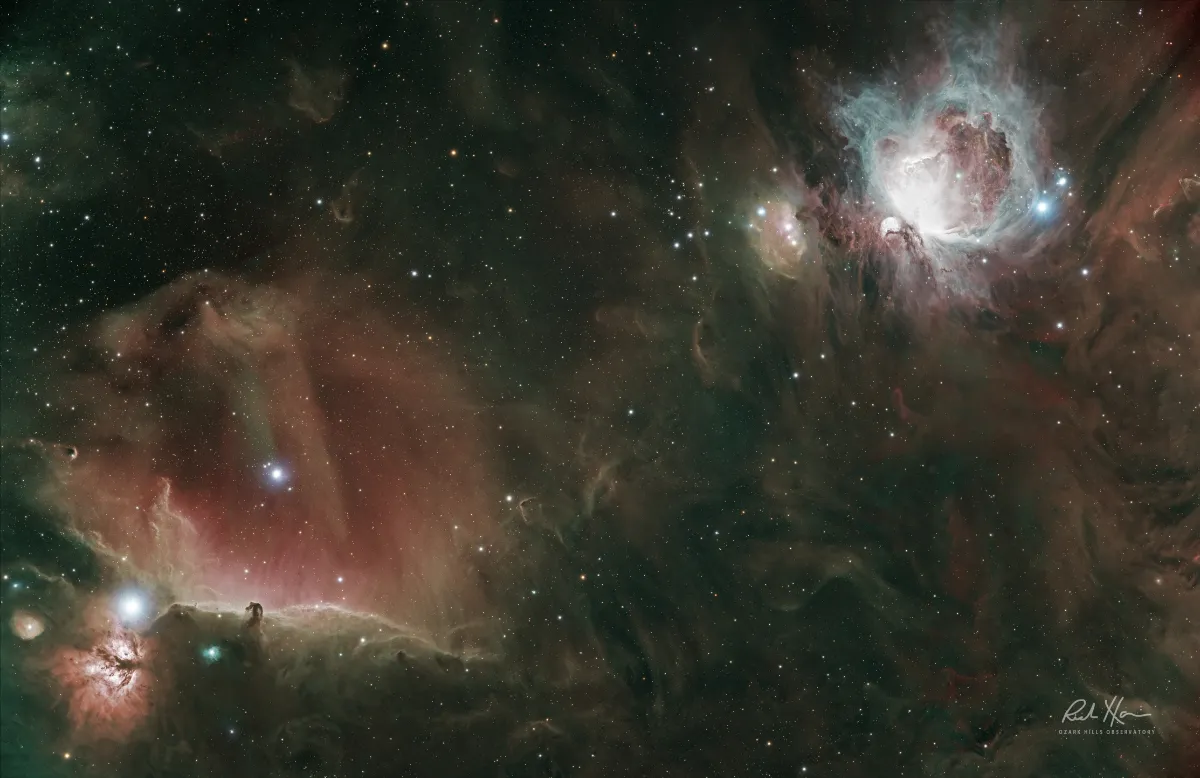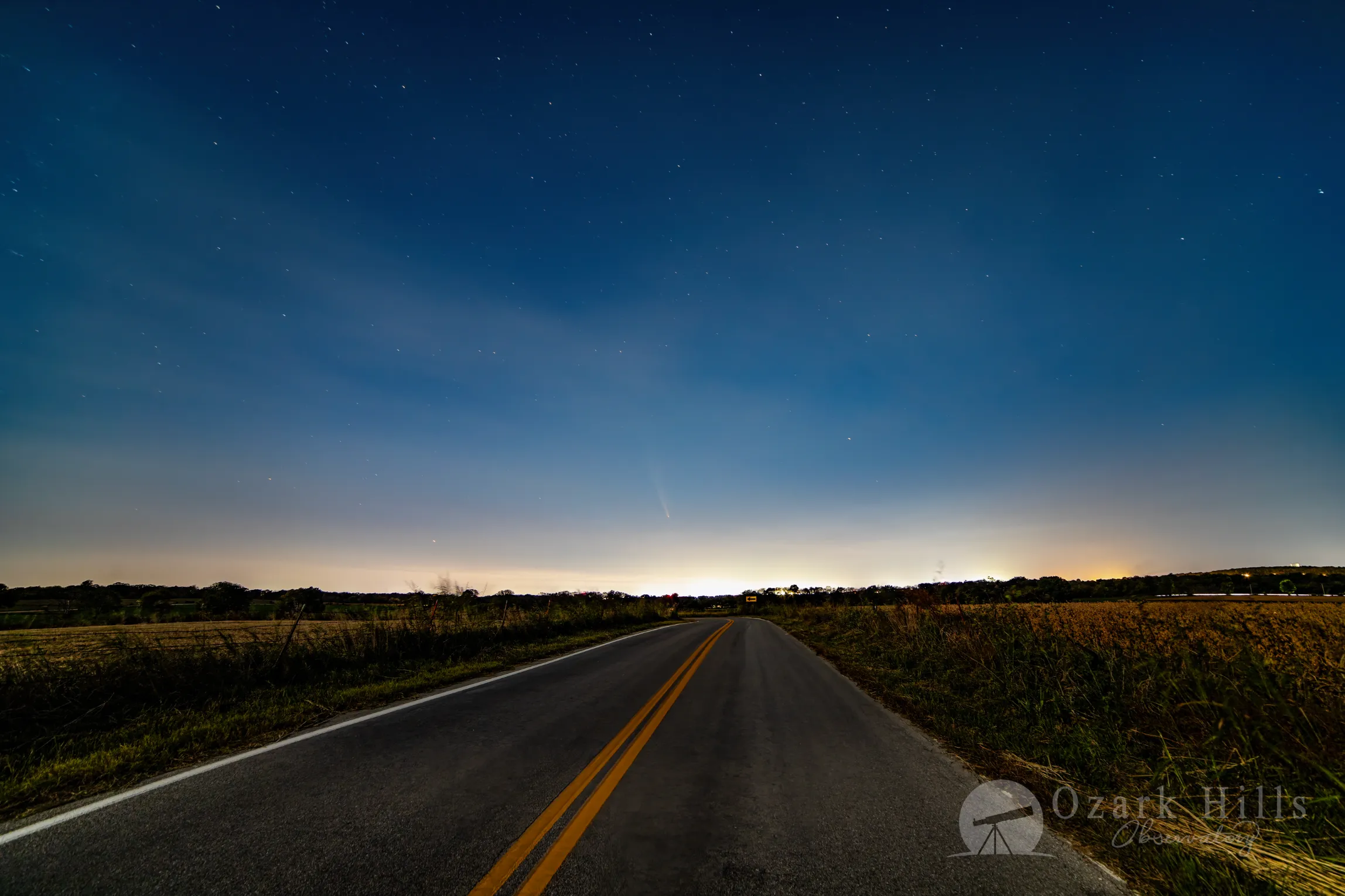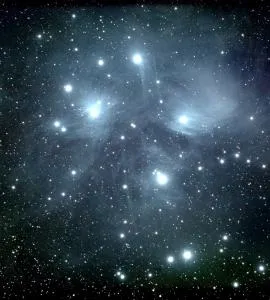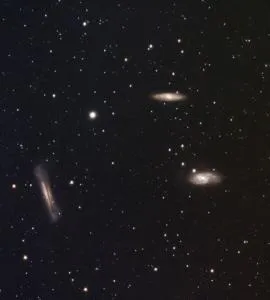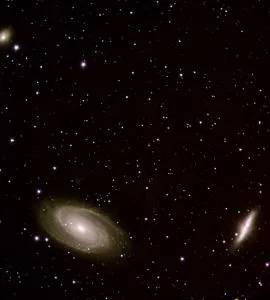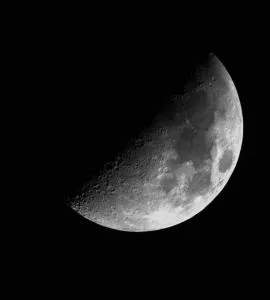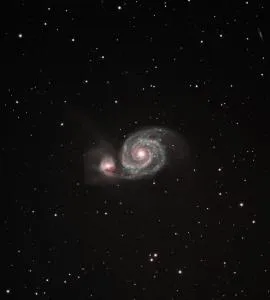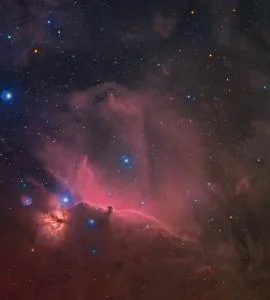Takahashi Epsilon 160ED and a night with Andromeda M31
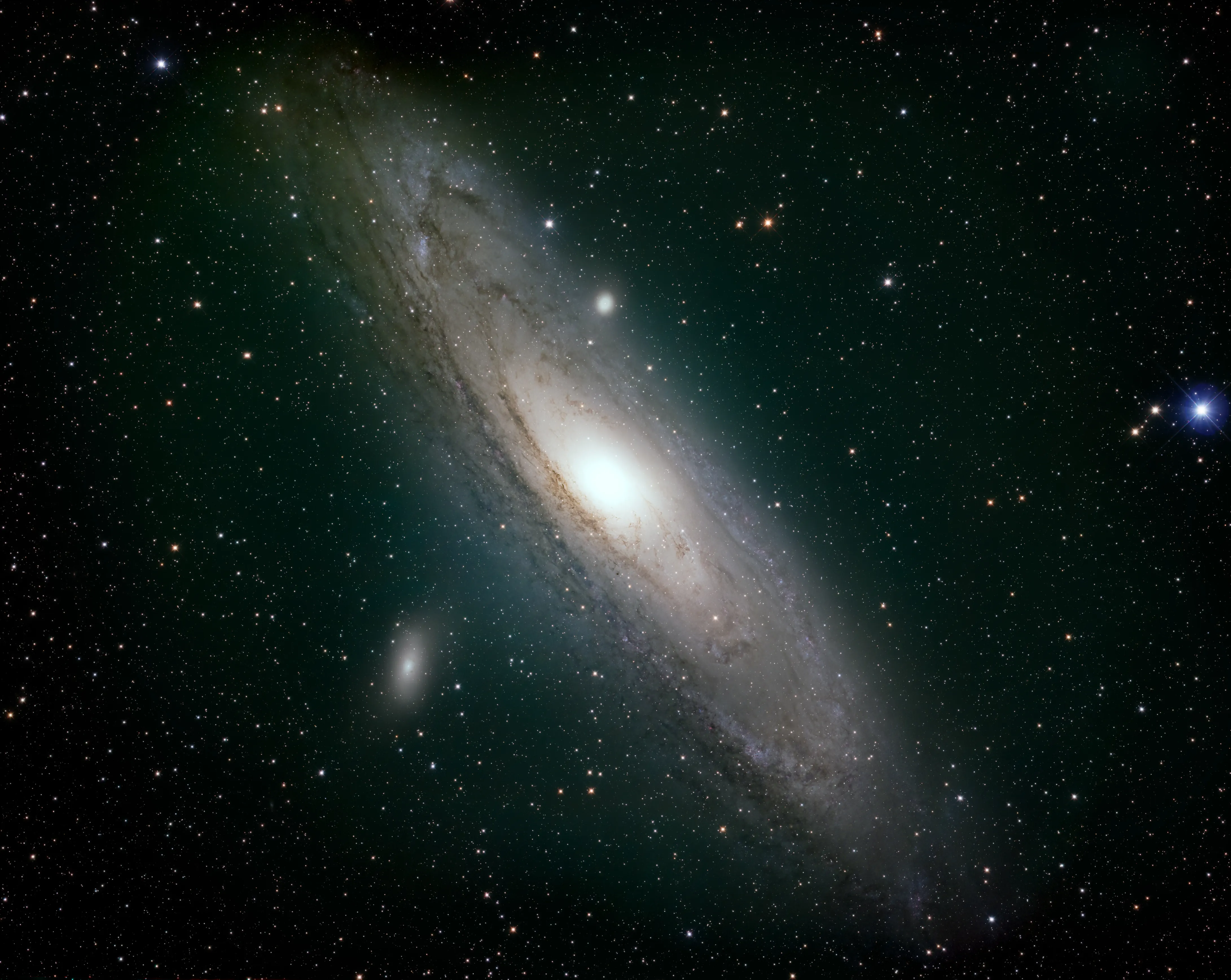
Under a stretch of rare clear skies, I set out to capture M31, the Andromeda Galaxy, in one night using the Takahashi Epsilon 160ED and ATIK 16200, gathering nearly five hours of LRGB data for a closer look at our neighboring island universe.
Andromeda is the nearest spiral galaxy to our own Milky Way and sits about 2.5 million light years away. Best seen from late summer through winter in the Northern Hemisphere, it stretches across the sky with enough brightness that it can be glimpsed by the naked eye under dark skies. Knowing that the faint blur you see without optics is actually this sprawling system of stars makes pointing a telescope toward it all the more satisfying.
Imaging Andromeda in a single night reminds me that astronomy often rewards patience more than persistence. The clear sky is never guaranteed, but when it arrives, you have to be ready. It is not about the fanciest gear or perfect conditions but about sitting under the same sky our ancestors did and choosing to listen.
About the ATIK 16200 camera
When I think about cameras, I am reminded that the Hubble Space Telescope has been orbiting the Earth since 1990. Its first major imaging instrument, the Wide Field and Planetary Camera, relied on CCDs that today would look modest compared to what amateurs can access. Yet even with instruments that are now decades old, Hubble has delivered images that shaped our understanding of the universe. Longevity and reliability matter more than the calendar age of the sensor.
That is where the ATIK 16200 still shines. Built around a large-format Kodak KAF-16200 CCD chip, it produces a wide field of view that pairs almost perfectly with the Takahashi Epsilon 160ED’s fast f/3.3 optics. The pixel scale lands in that sweet spot where the resolution matches the typical seeing conditions in most backyards and small observatories. In other words, the camera is not trying to outpace the atmosphere but works with it, giving stars crisp profiles while covering enough sky to frame a galaxy like Andromeda with breathing room.
For a target such as M31, this match is more than convenient. The combination allows me to capture both the bright core and the sprawling spiral arms without resorting to mosaics or sacrificing detail. Scientifically, it means pulling in the faint outer structures while still resolving the dust lanes that weave across the disk. Technically, it is about harmony between optics, sensor size, and pixel scale. And in practice, it is about using a camera that has proven itself time and again, still relevant in an age where new gear seems to appear every season.
Details of photo
Astrophotographer: Richard Harris
Telescope: Takahashi Epsilon 160ED
Camera: ATIK 16200 CCD
Mount: Paramount MX+
Observatory: Technical Innovations 6' Home Dome
Acquisition Software: NINA
Guiding: William Optics 50mm guidescope with QHY 178
Imaging Parameters
The dataset consists of 300-second subexposures in LRGB, with 15 subframes acquired per channel, yielding a total integration time of approximately 5 hours. Calibration, registration, and stacking were performed in PixInsight, with subsequent color balancing and fine-tuning completed in Photoshop.
About the Author
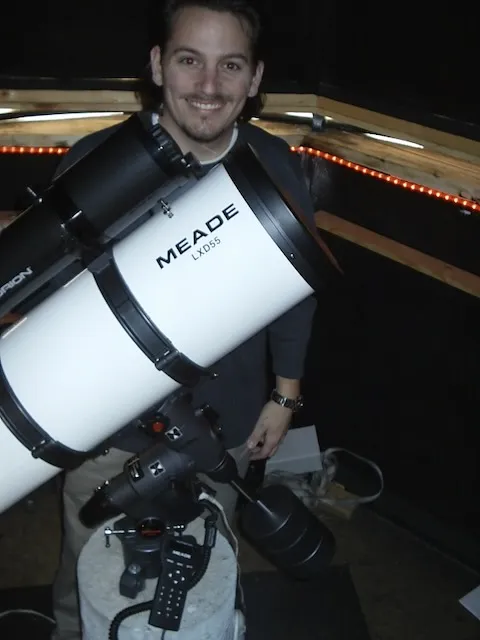
Meet Richard Harris. He is the founder and editor-in-chief of ScopeTrader, with over 30 years of experience in observational astronomy and astrophotography. He serves as the director of the Ozark Hills Observatory, where his research and imagery have been featured in scientific textbooks, academic publications, and educational media. Among his theoretical contributions is a cosmological proposition known as The Harris Paradox, which explores deep-field observational symmetry and time-invariant structures in cosmic evolution. A committed citizen scientist, Harris is actively involved with the Springfield Astronomical Society, the Amateur Astronomers Association, the Astronomical League, and the International Dark-Sky Association. He is a strong advocate for reducing light pollution and enhancing public understanding of the cosmos. In 2001, Harris developed the German Equatorial HyperTune—a precision mechanical enhancement for equatorial telescope mounts that has since become a global standard among amateur and professional astronomers seeking improved tracking and imaging performance. Beyond the observatory, Harris is a serial entrepreneur and founder of several technology ventures, including Moonbeam® (a software company), App Developer Magazine (a leading industry publication for software developers), Chirp GPS (a widely used mobile tracking application), MarketByte, and other startups spanning software, mobile, and cloud-based technologies. Driven by both scientific curiosity and creative innovation, Harris continues to blend the frontiers of astronomy and technology, inspiring others to explore the universe and rethink the possibilities within it. When he's not taking photos of our universe, you can find him with family, playing guitar, or traveling.
